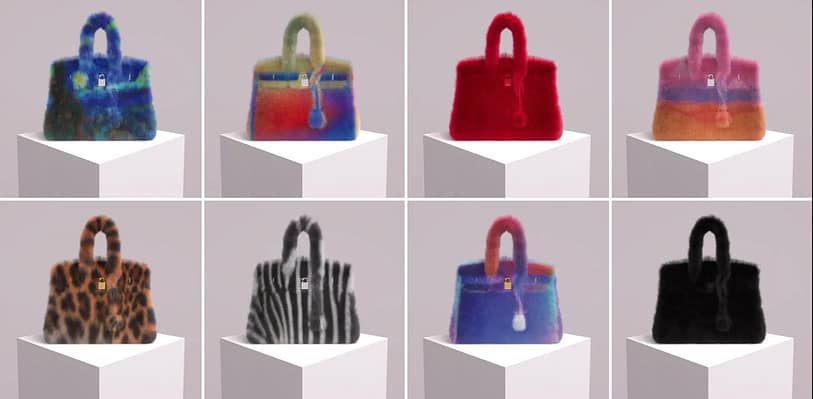The famous luxury brand Hermès is currently in a legal fight with artist Mason Rothschild over his MetaBirkin NFTs that mirror their iconic Birkin handbags. Significantly, this case brings up big questions about copyright and the freedom to create art.
Court Steps In
A year after Hermès won a lawsuit against Rothschild for making NFTs too similar to their handbags, the battle goes on. Consequently, Judge Jed S. Rakoff from the U.S. District Court has now stopped Rothschild from showing or selling these NFTs. This includes a recent decision that keeps these MetaBirkin NFTs out of an exhibit in Stockholm’s Spirit Museum, based on Rothschild’s request for clarity on whether he could show his work despite an earlier court decision.
Moreover, Judge Rakoff called Rothschild a “straightforward swindler,” which Rothschild disagrees with. Nevertheless, Rothschild is not giving up, though. He’s appealing the decision from last year in the Second Circuit Court of New York.
The Heart of the Matter between Rothschild and Hermès
Rothschild says his NFTs comment on the fashion industry’s use of fur, arguing this is his right under the First Amendment. However, Hermès argues that these NFTs might confuse buyers, damage their brand, and interfere with their ventures into the NFT world. Furthermore, Rothschild’s lawyer, Rhett Millsaps, is preparing to ask the court to think over its decision again.
This legal fight touches on big issues around NFTs, branding, and what artists can create. It tests the balance between protecting a brand and allowing freedom of expression. Additionally, the outcome might change how artists and companies view digital art and copyright laws.
As this legal drama unfolds, both the art and fashion industries are watching closely. Therefore, the results could shape how digital art and brand rights interact in the future. Lastly, this battle highlights the tricky waters of digital creativity and keeping a brand’s image safe.




